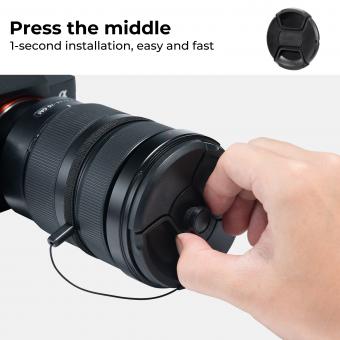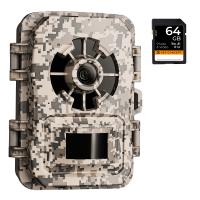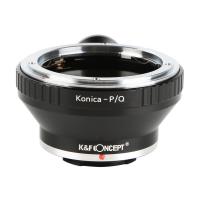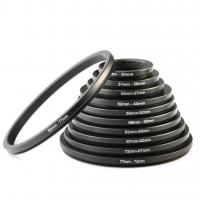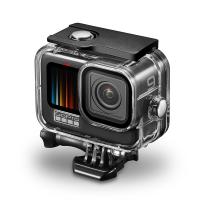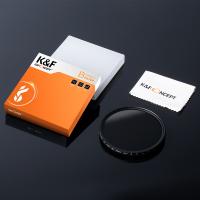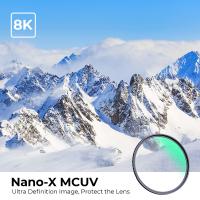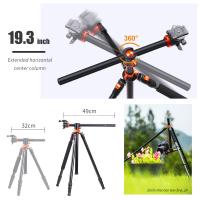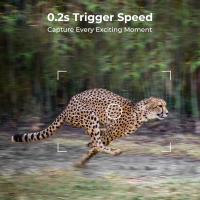How Iso Works In Digital Camera ?
ISO in digital cameras refers to the sensitivity of the image sensor to light. It is an acronym for the International Organization for Standardization, which sets the standards for various industries, including photography. In the context of digital cameras, ISO determines how well the camera can capture images in low-light conditions.
Increasing the ISO setting makes the sensor more sensitive to light, allowing for brighter images in darker environments. However, higher ISO settings also introduce more digital noise or graininess in the image. On the other hand, lower ISO settings produce cleaner images with less noise but require more light to properly expose the scene.
Photographers often adjust the ISO setting based on the available light and desired image quality. Higher ISO values are typically used in situations where there is limited light, such as indoor or nighttime photography. Lower ISO values are preferred in well-lit environments to maintain image quality.
Understanding how ISO works in digital cameras is crucial for photographers to achieve the desired exposure and image quality in different lighting conditions.
1、 ISO Sensitivity: Adjusting the camera's sensitivity to light.
ISO sensitivity is a crucial aspect of digital cameras that allows photographers to adjust the camera's sensitivity to light. It plays a significant role in capturing high-quality images in various lighting conditions. The ISO setting determines how sensitive the camera's image sensor is to light, with higher ISO values making the sensor more sensitive and lower values making it less sensitive.
When shooting in low-light situations, increasing the ISO sensitivity can help capture brighter images without the need for a longer exposure time or a wider aperture. This is particularly useful in situations where using a flash is not desirable or not possible. On the other hand, in well-lit environments, a lower ISO setting can be used to reduce the amount of noise in the image and maintain optimal image quality.
However, it is important to note that increasing the ISO sensitivity also increases the amount of digital noise in the image. Digital noise appears as grain or speckles and can degrade the overall image quality. Therefore, finding the right balance between capturing enough light and minimizing noise is crucial.
In recent years, digital camera technology has made significant advancements in reducing noise at higher ISO settings. Many modern cameras offer improved noise reduction algorithms and higher ISO capabilities, allowing photographers to capture images with less noise even in challenging lighting conditions.
Additionally, some cameras now offer extended ISO ranges, which go beyond the standard ISO settings. These extended ranges can be useful in extreme low-light situations but may result in increased noise levels.
In conclusion, ISO sensitivity in digital cameras is a powerful tool that allows photographers to adjust the camera's sensitivity to light. It enables capturing images in various lighting conditions, but finding the right balance between capturing enough light and minimizing noise is essential for optimal image quality. With advancements in technology, modern cameras offer improved noise reduction capabilities and extended ISO ranges, providing photographers with more flexibility in their shooting.

2、 Noise Reduction: Techniques to minimize digital noise in high ISO images.
ISO, or International Organization for Standardization, is a measure of the sensitivity of a digital camera's image sensor to light. In simple terms, it determines how much light is required to capture a properly exposed image. In digital cameras, ISO settings can be adjusted to accommodate different lighting conditions and achieve the desired exposure.
When shooting in low light situations or when a fast shutter speed is required, a higher ISO setting is typically used. However, increasing the ISO also increases the amount of digital noise in the image. Digital noise appears as random speckles or graininess, which can degrade the overall image quality.
To minimize digital noise in high ISO images, various noise reduction techniques are employed. These techniques aim to reduce the visibility of noise while preserving image details and sharpness. Some common noise reduction techniques include:
1. In-camera noise reduction: Many digital cameras have built-in noise reduction algorithms that automatically process the image to reduce noise. These algorithms analyze the image data and apply noise reduction selectively to areas with high noise levels.
2. Post-processing software: Advanced image editing software, such as Adobe Photoshop or Lightroom, offer noise reduction tools that allow photographers to manually reduce noise in their images. These tools provide more control over the noise reduction process and allow for fine-tuning.
3. Improved sensor technology: Manufacturers are constantly improving sensor technology to reduce noise at high ISO settings. The latest sensors are designed to capture more light and produce cleaner images even at higher ISOs.
4. Image stacking: Some photographers use a technique called image stacking, where multiple images taken at the same exposure settings are combined to reduce noise. By averaging out the noise in each image, the final result is a cleaner and less noisy image.
In conclusion, noise reduction techniques play a crucial role in minimizing digital noise in high ISO images. With advancements in technology and software, photographers now have more options to achieve cleaner and higher quality images even in challenging lighting conditions.
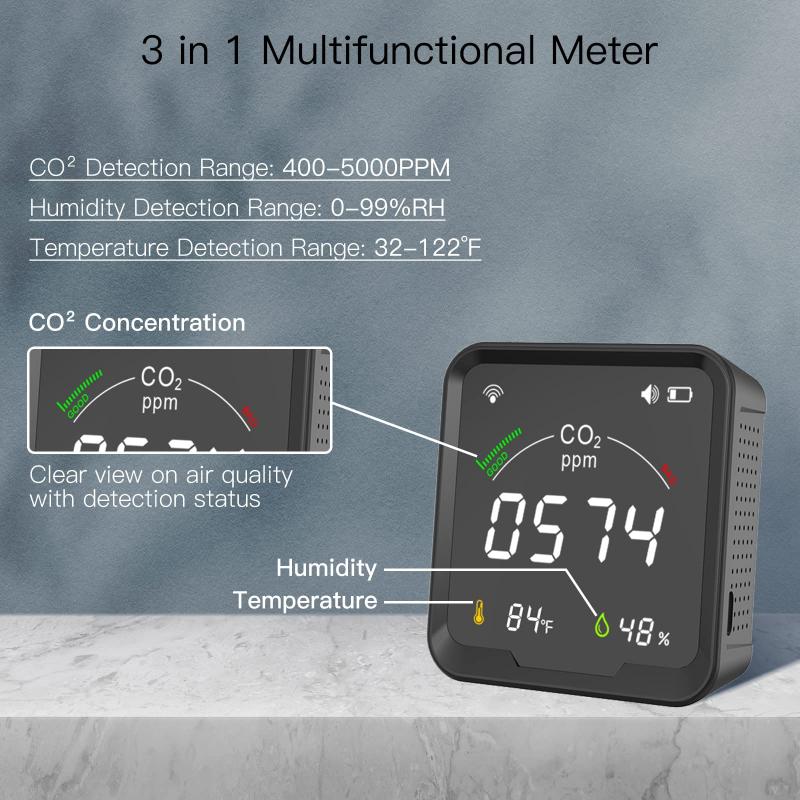
3、 ISO Range: The minimum and maximum ISO values a camera supports.
ISO, which stands for International Organization for Standardization, is a crucial aspect of digital photography. It refers to the sensitivity of the camera's image sensor to light. Understanding how ISO works in a digital camera is essential for capturing high-quality images in various lighting conditions.
The ISO range of a camera represents the minimum and maximum ISO values it supports. The lower end of the range, such as ISO 100 or 200, indicates low sensitivity to light. This is ideal for shooting in bright conditions, as it allows for capturing images with minimal noise and maximum detail. On the other hand, the higher end of the range, such as ISO 1600 or 3200, signifies high sensitivity to light. This is useful in low-light situations where you need to capture images without using a flash or tripod.
When you increase the ISO setting, the camera's sensor becomes more sensitive to light, allowing you to shoot in darker environments. However, a higher ISO also introduces more noise or graininess in the image. This noise can degrade the overall image quality, resulting in loss of detail and color accuracy. Therefore, it is important to strike a balance between ISO and image quality.
Advancements in camera technology have led to improvements in ISO performance. Modern digital cameras offer higher ISO ranges with improved noise reduction algorithms. This allows photographers to shoot in challenging lighting conditions with less noise and better image quality.
In conclusion, ISO is a crucial setting in digital cameras that determines the sensitivity of the image sensor to light. The ISO range represents the minimum and maximum ISO values a camera supports. Understanding how to use ISO effectively can help photographers capture high-quality images in various lighting conditions.
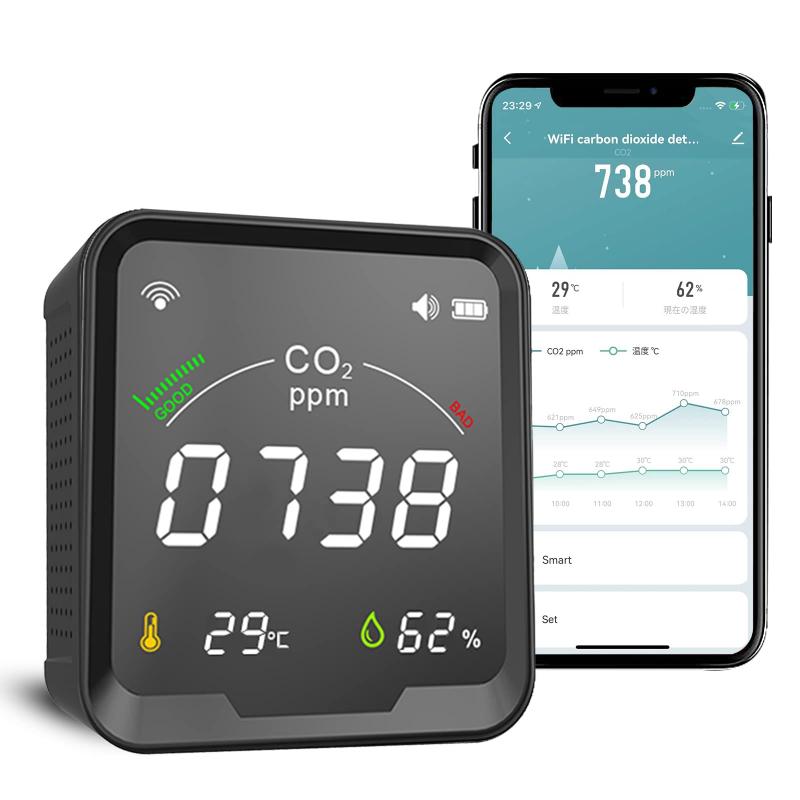
4、 ISO Performance: Evaluating a camera's ability to handle different ISO settings.
ISO, or International Organization for Standardization, is a measure of a digital camera's sensitivity to light. It is an important aspect of photography as it directly affects the exposure of an image. ISO settings allow photographers to adjust the camera's sensitivity to light in different lighting conditions.
ISO performance is a crucial factor to consider when evaluating a camera's ability to handle different ISO settings. A camera with good ISO performance will produce high-quality images with minimal noise or graininess, even at high ISO settings. On the other hand, a camera with poor ISO performance will result in images with noticeable noise, reducing the overall image quality.
The latest point of view on ISO performance in digital cameras is that advancements in technology have significantly improved the ISO capabilities of modern cameras. Many high-end cameras now offer impressive ISO ranges, allowing photographers to shoot in low-light conditions without sacrificing image quality. These cameras utilize advanced noise reduction algorithms and improved sensor designs to minimize noise at high ISO settings.
However, it is important to note that even with these advancements, there are still limitations to ISO performance. Pushing the ISO too high can still result in noisy images, especially in lower-end cameras or older models. Additionally, different camera models may have varying ISO performance, so it is essential to research and compare before making a purchase.
In conclusion, ISO performance is a critical aspect of a digital camera's ability to handle different ISO settings. Advancements in technology have improved ISO capabilities, allowing for better low-light photography. However, it is important to consider the specific camera model and its ISO performance before making a decision.















